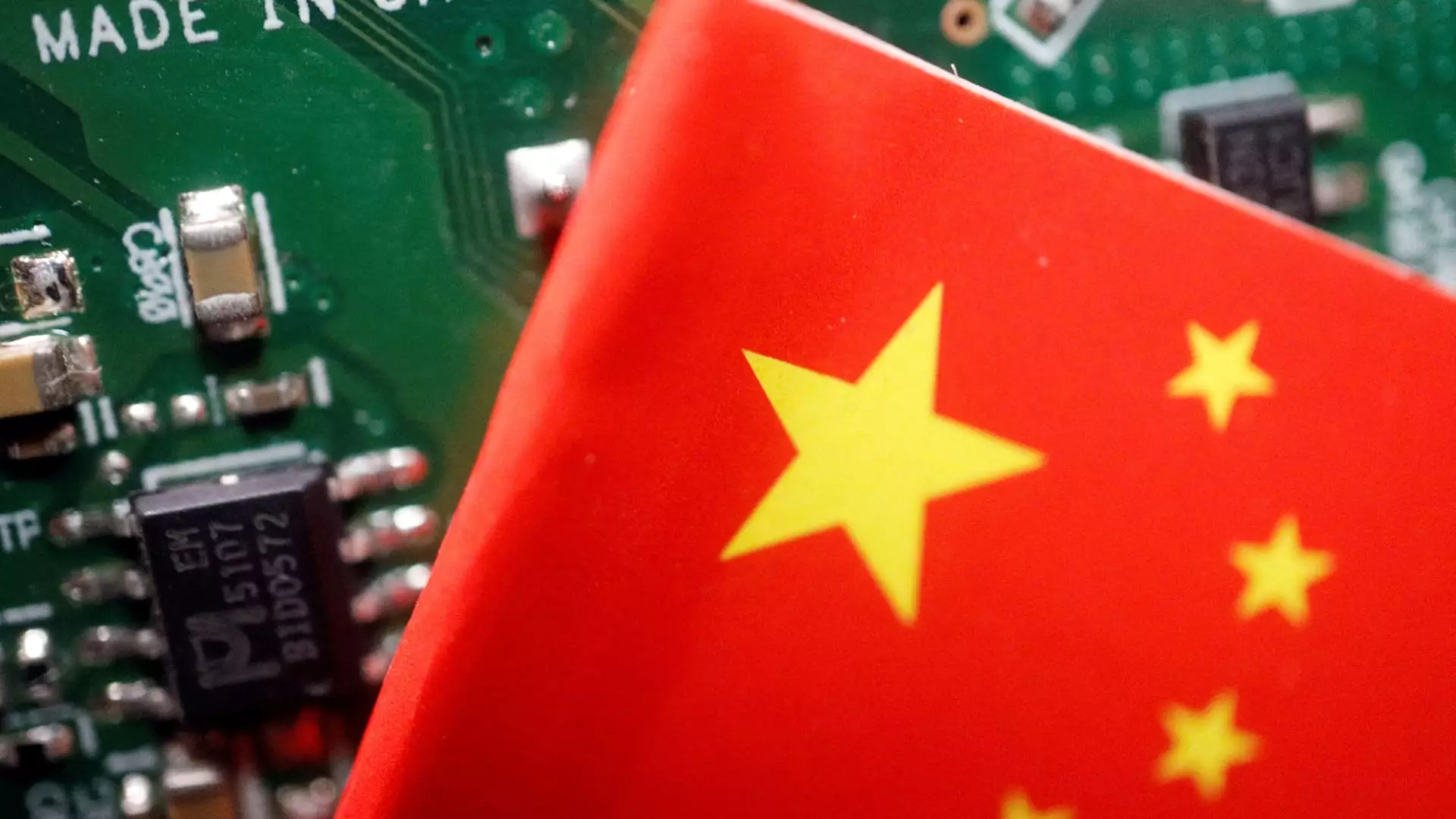The semiconductor industry has seen a significant shift as U.S. policy takes a more aggressive stance towards export restrictions aimed at limiting China’s access to advanced chip technology. Despite a new wave of measures introduced by the Biden administration which targets a range of companies, major chip stocks in Asia have largely defied this trend, reflecting resilience in the face of regulatory pressures. This article will examine the implications of these restrictions on the Asian chip sector, assess the responses of leading companies, and explore the potential future landscape of global semiconductor supply chains.
On a day when traders expected turbulence following the announcement of new export controls, Asian chip stocks outside of China demonstrated remarkable strength. For instance, Taiwan Semiconductor Manufacturing Company (TSMC), recognized as the world’s foremost contract chip producer, experienced a notable increase in its share prices, rising by 2.4%. Similarly, a wide array of Japanese tech companies showed positive momentum—Tokyo Electron surged 4.7%, while Lasertec gained an impressive 6.7%. This collective uptick underlines an underlying confidence in the sector, suggesting that investors may perceive these sanctions as hurdles rather than insurmountable challenges.
Despite the looming shadows of U.S. sanctions, many analysts argue that Asian semiconductor firms possess multiple avenues to sustain their growth. The ability to pivot and redirect potential revenue streams from China to other markets, especially in the West, could mitigate some adverse effects. Derrick Irwin from Allspring Global Investments highlighted this adaptable approach, emphasizing a belief that the impact on high-bandwidth memory chip sales—that could hit key players such as SK Hynix and Samsung—would not be as severe as anticipated.
The new round of U.S. export restrictions primarily targets various high-tech companies utilizing chip technologies that have significant military applications. Companies like Naura Technology Group and ACM Research have found themselves on the receiving end of these export controls, leading to declines in their stock prices in Chinese markets. Yet, despite the troublesome landscape for these companies, leading manufacturers in South Korea, including Samsung Electronics and SK Hynix, managed to post gains of 0.9% and 1.8%, respectively. This counterintuitive resilience raises questions about market dynamics and investor sentiment toward these firms’ long-term strategies.
Interestingly, Secretary of Commerce Gina Raimondo articulated that these restrictions represent a calculated strategy by the Biden administration to diminish China’s technological self-sufficiency in advanced sectors. Thus, while the immediate impacts on Asian stocks are less severe than expected, the long-term ramifications of ongoing tensions between the U.S. and China could reshape alliances and force companies to reconsider their supply chains.
As new regulations are rolled out, the semiconductor market is likely to engage in a period of adaptation. The introduction of a “red flag guidance” aimed at enhancing compliance along with changes to the regulatory framework may create a more complex environment for semiconductor companies operating in international markets. These developments could spur innovation in compliance practices or even engender a greater push towards tighter partnerships within allied nations for technology supply.
Furthermore, the associated risks of reliance on a singular market, especially one embroiled in geopolitical disputes, may prompt firms to diversify their supply chains. Increased investment in domestic manufacturing, particularly in regions like the U.S. and Europe, could accelerate as companies seek to mitigate the risks tied to global trade uncertainties.
While the recent U.S. semiconductor export restrictions initially appeared to pose a major threat to Asian chip stocks, the resilient gains observed suggest a potential underestimation of the sector’s adaptability. As the geopolitical landscape continues to evolve, it will be crucial for these companies to remain agile, shift their strategies accordingly, and navigate the complexities of an increasingly fragmented global market. The semiconductor industry’s future hinges not just on technological advancements, but on the ability of its stakeholders to adeptly manage the intersection of commerce and diplomacy.

